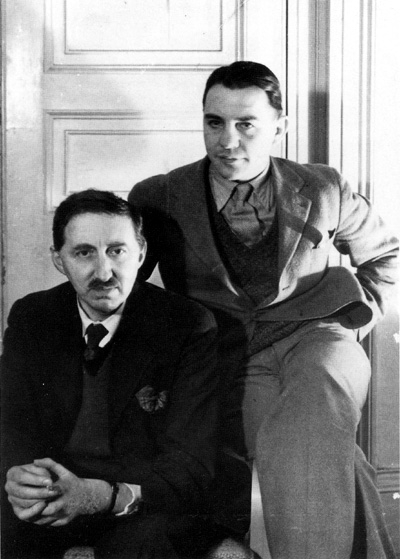Features
Christina Stead is an author perennially ripe for rediscovery. Her acknowledged masterpiece, The Man Who Loved Children, came out originally in 1940; in 2005, it figured in Time’s list of the 100 best novels published since 1923. But in his introduction to the Miegunyah Modern Library edition of the novel, American novelist Jonathan Franzen cites ...
British author Glen Duncan released his eighth novel this year, the title of which, The Last Werewolf, is fairly self-explanatory. Although a much more philosophical (and entertaining) read than one might imagine in our current supernaturally-dominated ‘box-office’ novel landscape, Duncan’s book was a marked departure from an author better known for h ...
Sempre Susan by Sigrid Nunez & Swimming in a Sea of Death by David Rieff
In her short memoir of Susan Sontag, novelist Sigrid Nunez claims that she did not read the obituaries and commentaries after her death in 2004, and that she was never much interested in what other people said about Sontag. If it’s true, she is indeed a rara avis. Susan Sontag, in death as in life, generates enormous interest and a growing literature, one that promises to burgeon and diversify biographically in the next decade. How long before we hear from the concierge, the oncologist, the tamer of the famous mane?
... (read more)'Hautes Fenêtres: Thoughts on the place of translation in recent Australian poetry' by Simon West
In a 1995 interview for the Paris Review, Ted Hughes was asked if the 1960s boom in translated poetry, particularly with series such as the Penguin Modern European Poets, had influenced poetry written in England. ‘Has it modified the British tradition!’ he replied. ‘Everything is now completely open, every approach, with infinite possibilities. Obviou ...
For many of his contemporaries, Victor Hugo (1802–85) was the most important literary figure of the nineteenth century. He was considered the greatest French poet; he became the leader of the Romantic movement with the staging of his anti-classical play Hernani (1830); and he wrote monumental, hugely popular novels. He was also an iconic political figure. ...
‘Arran Avenue, Hamilton, Brisbane, Australia ... Why Australia? What is Australia, anyway?’
(Dante, in David Malouf’s Johnno)
Some footy talk before the book chat: I saw Wayne Carey play once, in Adelaide. He was a puppeteer that day. You would have needed a panoramic view – television doesn’t capture ...
Nine Lives: Postwar Women Writers Making Their Mark by Susan Sheridan
Susan Sheridan’s Nine Lives, a ‘group biography’, analyses the life stories and literary achievements of nine Australian women writers. The purpose, according to Sheridan, is not only to rediscover the life story of each, but also, by exploring their publishing and aesthetic context, to create a ‘fresh configuration’ of our literary history.
... (read more)In February 1878 in Marseilles, France, Józef Teodor Konrad Nałęcz Korzeniowski, a twenty-year-old Polish seafarer tormented by depression, lifted a revolver to his chest and pulled the trigger. The suicide attempt failed: the bullet, whether by chance or design, penetrated the young man’s body without disrupting any vital organ. Korzeniowski recovered quickly ...


